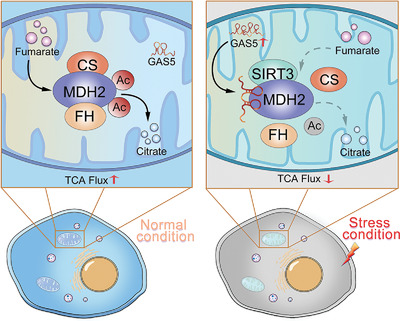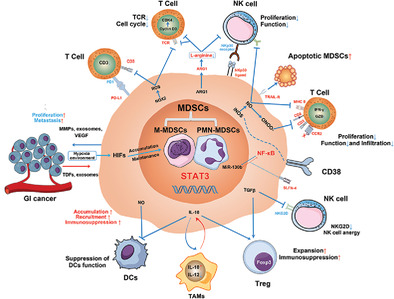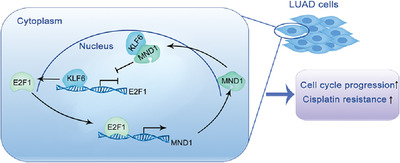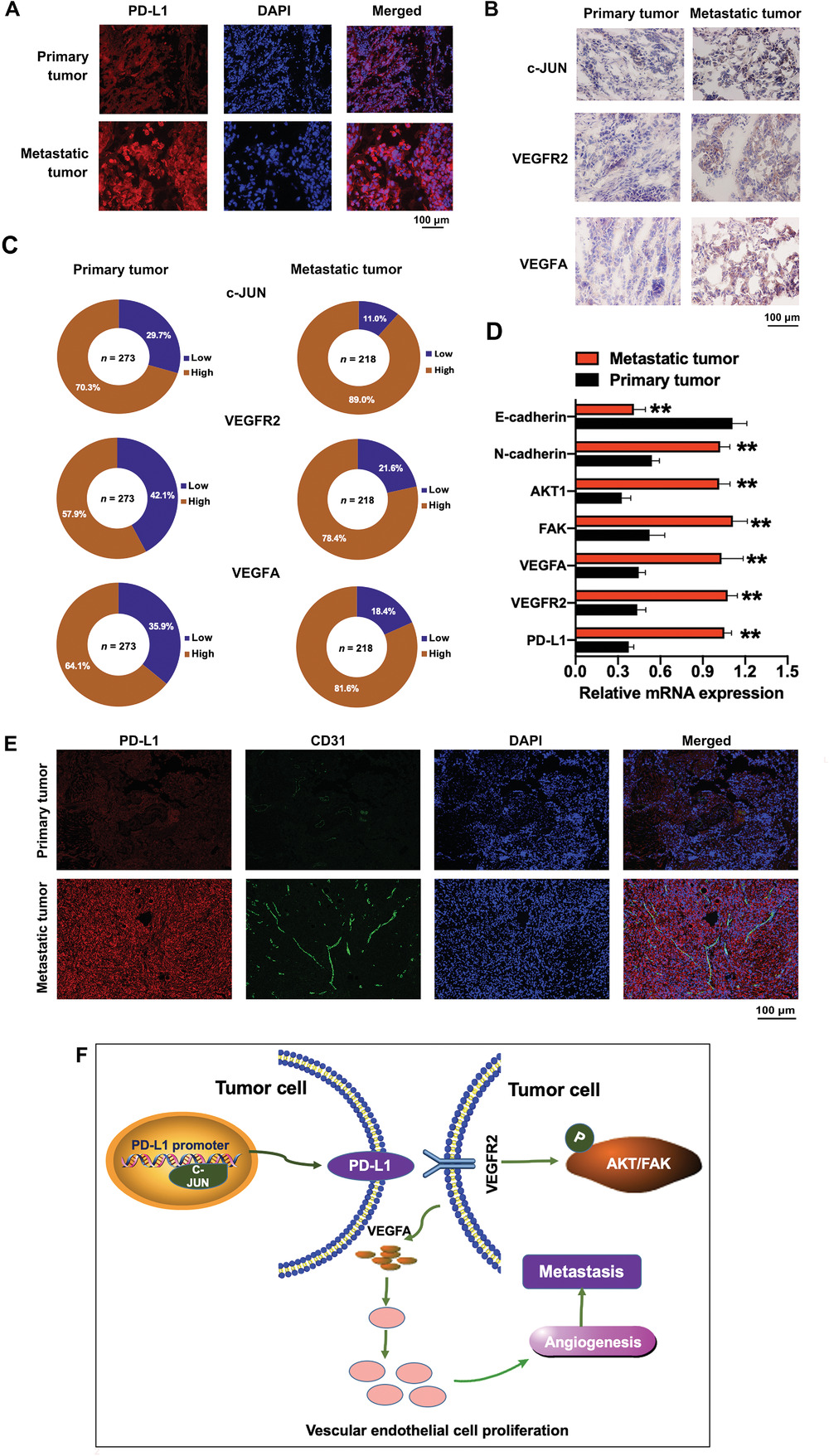Journal list menu
Export Citations
Download PDFs
ISSUE INFORMATION
RESEARCH HIGHLIGHT
Metabolon: a novel cellular structure that regulates specific metabolic pathways
- Pages: 439-441
- First Published: 03 May 2021

This manuscript of research highlight focused on one paper recently published in Nature Metabolism entitled “Mitochondrial Long Non-coding RNA GAS5 Tunes TCA Metabolism in Response to Nutrient Stress” from Lin Aifu's group in Zhejiang University. In this manuscript, we discussed the novel findings in Lin's paper and concluded that the metabolon is emerging as a novel cellular structure that regulates specific metabolic pathways.
REVIEW
The role of myeloid-derived suppressor cells in gastrointestinal cancer
- Pages: 442-471
- First Published: 27 March 2021

- Gastrointestinal (GI) cancer encompasses a range of malignancies that originate in the digestive system, which together represent the most common form of cancer diagnosed worldwide.
- Myeloid-derived suppressor cells (MDSCs) are a heterogeneous population of immature myeloid cells that increase in number under certain pathological conditions such as infection and inflammation, and this expansion is of particular relevance to cancer.
- In the present review, the mechanisms underlying the immunosuppressive functions of MDSCs are described, and recent research concerning the involvement of MDSCs in the progression, prognosis as well as therapies of GI cancer is reviewed.
ORIGINAL ARTICLES
Mex3a promotes oncogenesis through the RAP1/MAPK signaling pathway in colorectal cancer and is inhibited by hsa-miR-6887-3p
- Pages: 472-491
- First Published: 27 February 2021
Meiotic nuclear divisions 1 (MND1) fuels cell cycle progression by activating a KLF6/E2F1 positive feedback loop in lung adenocarcinoma
- Pages: 492-510
- First Published: 18 March 2021

In this study, a novel cell cycle regulator named meiotic nuclear divisions 1 (MND1) was firstly screened out as a potential oncogene in LUAD using different bioinformatic and statistical analyses. In mechanism, MND1 could directly bind to tumor suppressor kruppel-like factor 6 (KLF6) to protect E2F1 from the transcriptional repression of KLF6. Interestingly, in return, E2F1 could activate MND1 transcription by binding to a specific site in the promoter region of MND1.
Programmed death ligand-1 regulates angiogenesis and metastasis by participating in the c-JUN/VEGFR2 signaling axis in ovarian cancer
- Pages: 511-527
- First Published: 03 May 2021

This manuscript demonstrated that PD-L1 promoted the angiogenesis and metastasis of ovarian cancer by participating in the c-JUN/VEGFR2 signaling axis, and suggested that the combination of PD-L1 inhibitor and antiangiogenic drugs may be considered as a potential therapeutic approach for ovarian cancer patients.
LETTER TO THE EDITOR
United States oncologists’ clinical preferences regarding modes of medicinal cannabis use
- Pages: 528-531
- First Published: 06 May 2021











